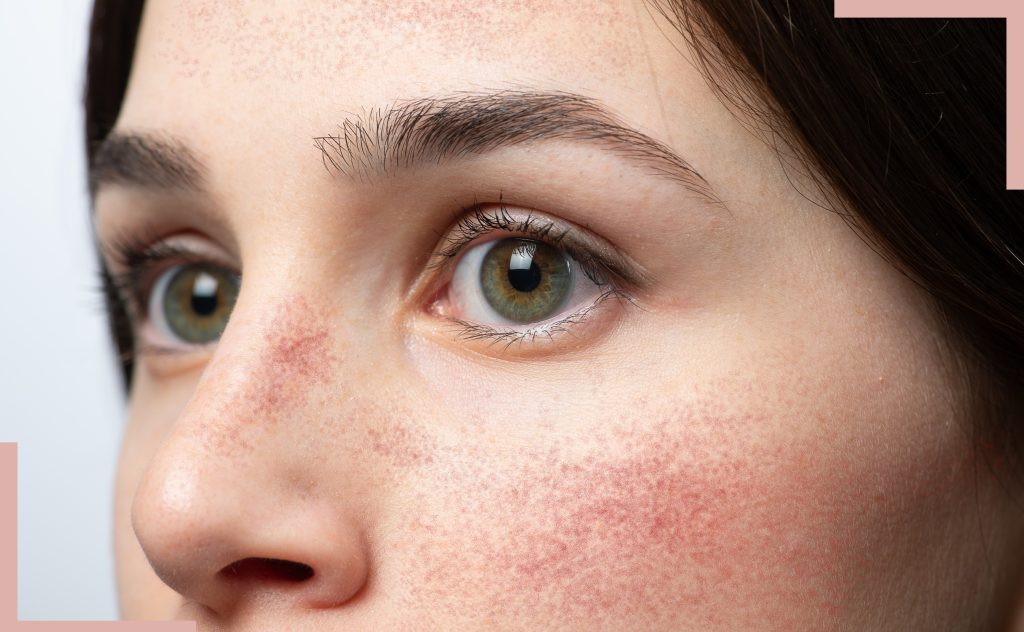Change of Season Skincare: Protecting Your Barrier This Winter
As winter takes hold, you may notice a familiar pattern — flushed cheeks, tightness, and that uncomfortable feeling of dryness that seems to settle in no matter how much moisturiser you apply.
At Tej & Co., we’ve been seeing more of these “red flags” in the clinic lately – your skin is telling you that its barrier is struggling. The colder months can be just as damaging as summer sun exposure, so let’s talk about how to protect and strengthen your skin barrier this winter.

Recognising a Damaged Skin Barrier
Your skin barrier is your first line of defence, and when it’s compromised, it shows. Look out for signs like persistent redness, dryness, tightness, increased sensitivity, dermatitis or flakiness. You might also notice that your skin reacts to products that never used to bother you, heals more slowly, or breaks out more often. Problem Skin
What the Skin Barrier Actually Does?
Think of your skin barrier as your body’s built-in security system. It regulates hydration, protects against pathogens and pollution, and maintains balance within the skin. When it’s compromised, everything from moisture retention to healing slows down.

Your barrier has three key lines of defence:
1. The Acid Mantle – This slightly acidic film acts like a layer of clingfilm over your skin, stopping harmful bacteria and allergens from entering. If disrupted, your skin microbiome becomes unbalanced — just like an upset stomach after too much junk food.
2. Corneocyte Cells – These beautifully formed skin cells make up the very top layer of your skin. They overlap like roof tiles to prevent irritants from sneaking in. Contrary to popular belief, these cells aren’t “dead” and shouldn’t be scrubbed away — they should be gently sloughed off with a natural enzyme mask.
3. Multilaminar Lipids – Think of these as the “bricks and mortar” that hold everything together. They’re made up of essential lipids such as ceramides, cholesterol, and natural moisturising factors (NMFs), your skin’s natural water magnet, that forms the skin’s protective microbiome. When stripped away, the structure weakens, leading to dryness, rough texture, and inflammation.

Why Winter Damages the Skin Barrier?
Winter is particularly harsh on the skin. Cold air holds less water, meaning humidity levels drop — and so does your skin’s moisture content. Combine that with indoor heating and reduced sebum (oil) production, and you’ve got a recipe for trans-epidermal water loss (TEWL), where precious moisture literally evaporates from your skin, leaving it inflamed and sensitive. Think of a house without loft insulation where the heat evaporates from the roof. Your thirsty corneocyte cells will shrivel up and stop light from reflecting off the surface of the skin, making it look dull and tired.
The Corneotherapy Approach: Repairing the Barrier?
At Tej & Co., we take an evidence-based approach called corneotherapy — a non-invasive method that focuses on restoring and protecting your skin barrier. We believe that every long-term skin improvement begins with a healthy barrier.
Too often, people chase a quick glow through peels and scrubs, unknowingly causing barrier damage. Over-exfoliation can leave the skin exposed and inflamed — and winter only makes that worse.

We believe that prevention is protection. We strengthen the barrier before it’s damaged — and if it already is, we guide you through a personalised Dermaviduals 3R Repair Programme to repair your barrier from the inside out:
Repair Serum – Replenishes barrier lipids and restores the structure of your skin after damage from environmental stress, over-the-counter products, or skin conditions.
Restore Serum – Once the barrier is stable, this phase replenishes essential components such as ceramides, cholesterol, and NMFs to maintain balance.
Rejuvenate Serum – The final step reinforces long-term resilience, supporting your skin with barrier-strengthening formulations and lifestyle advice tailored to your environment.
How We Treat Winter Skin in Clinic
We start by understanding your environment. Do you sit near a fire or keep the central heating on high? These habits can increase water loss and barrier stress.
Winter in-clinic treatments focus on nourishing skin cells rather than chasing collagen and stripping the skin. Sun damage takes years to show, whereas winter Trans Epidermal Water Loss (TEWL) can damage the barrier more quickly.
Building Your Winter Dermaviduals Skincare Routine
Think of your skincare like layering your wardrobe:
Our skin is a mix of oil and water, so apply a water-based serum rich in omegas. If you have an outdoor lifestyle (dogwalker, runner), apply neat Hyaluron + Nag on top of or under your serum.
Follow with an oil-rich moisturiser like Vitamin Cream or High Classic Cream. You can even mix in a few drops of avocado oil for extra softness.
Before going out, seal in your moisturiser with an ‘overcoat’ such as OM Ointment or Olegel. These are semi-occlusive (unlike Vaseline, which is fully occlusive and can suffocate the skin over time).
Don’t forget your lips! – The thin skin on your lips is especially vulnerable in winter. Dermaviduals Lip Repair keeps them smooth and protected.
Why choose Dermaviduals – Skin Care V Skincare

The Takeaway
Healthy skin isn’t about quick fixes — it’s about working with your biology, not against it.
At Tej & Co., let us help you navigate the change of season with confidence. A professional skin treatment every 4–6 weeks can make all the difference in maintaining barrier integrity and keeping your glow — even when it’s gloomy outside.
If you would like to talk to us about your skin concern, email us we’d be happy to help.




